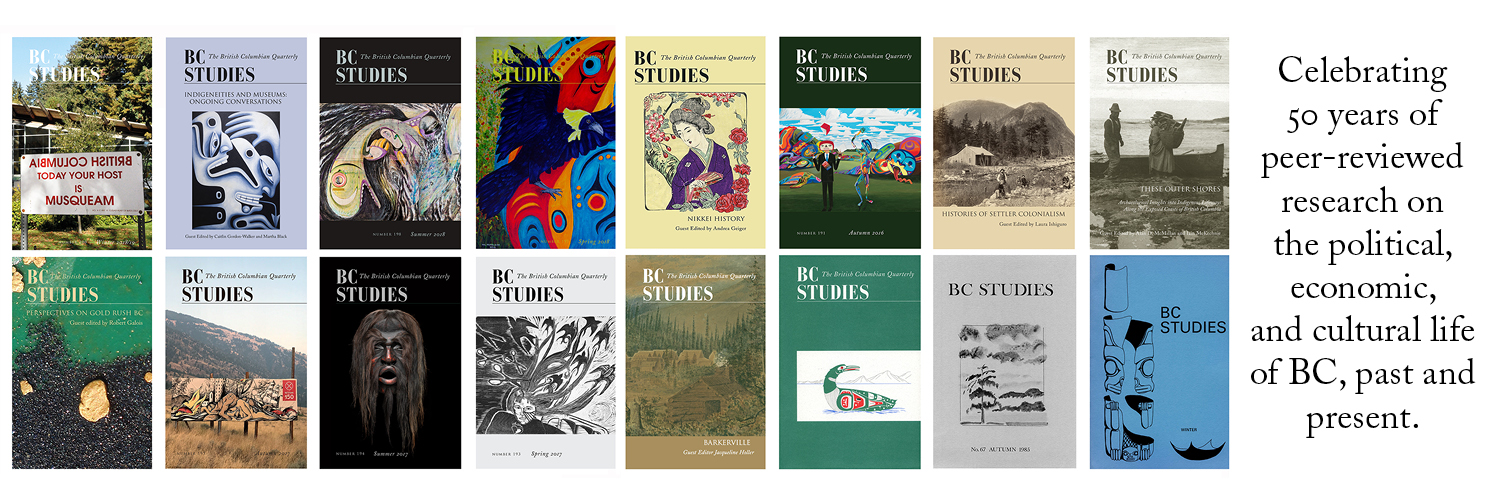How Can Archaeobotany Be Put into Service of Katzie Food Sovereignty?
DOI:
https://doi.org/10.14288/bcs.no218.197559Keywords:
archeology, botany, food and nutrition, Aboriginal rightsAbstract
How can archaeobotany be put into service of food sovereignty? Archaeobotany is a branch of archaeology that investigates the deep time relationships between people and plant communities through the recovery, identification, and interpretation of ancient plant remains. As a field of study, it can be used to help establish the enduring ties that First Nations communities in British Columbia have to their ancestral lands, which largely remain unresolved in a legal context, having never been ceded as historic land claims. For Katzie First Nation, a Coast Salish community in southwestern British Columbia, documenting the scope and continuity of ancient and historical resource management practices provides baseline data for land-use planning and food sovereignty initiatives in the present. In this article, we present a landscape-level analysis of archaeobotanical data that illustrates the ties between Katzie land use of the deep past and the asserted future. We describe how Katzie First Nation is using archaeobotanical data to challenge settler legal structures and policy jurisdictions in pursuit of regaining land tenures for the restoration of a critical cultural keystone place.



